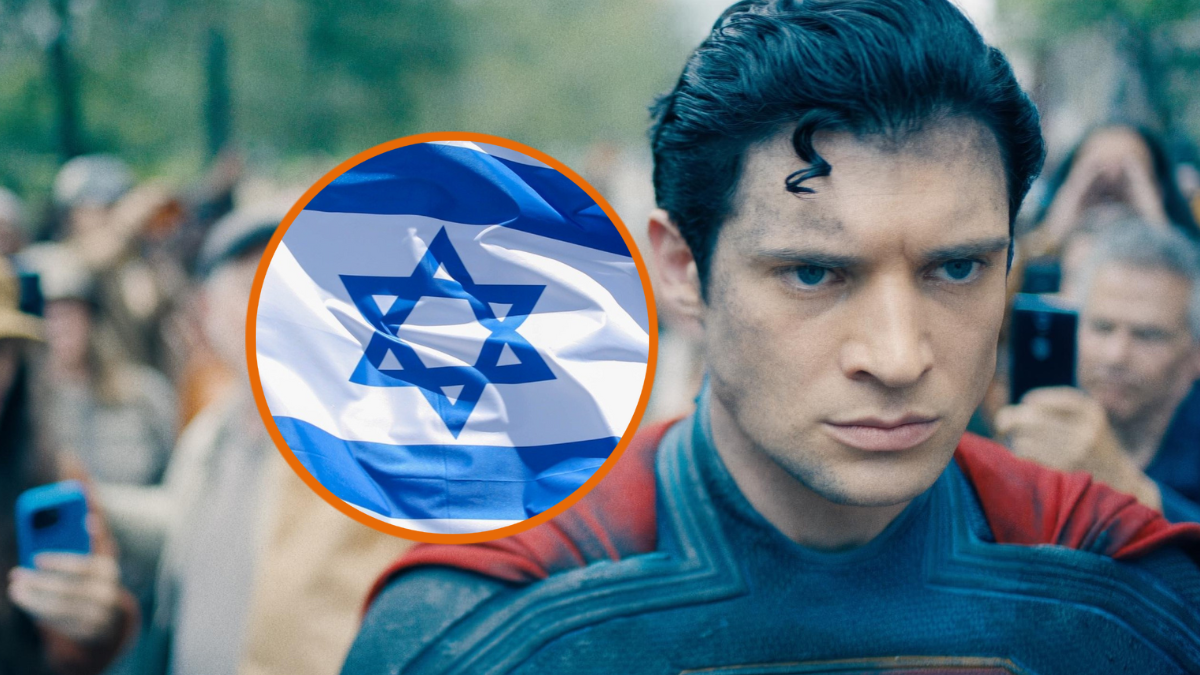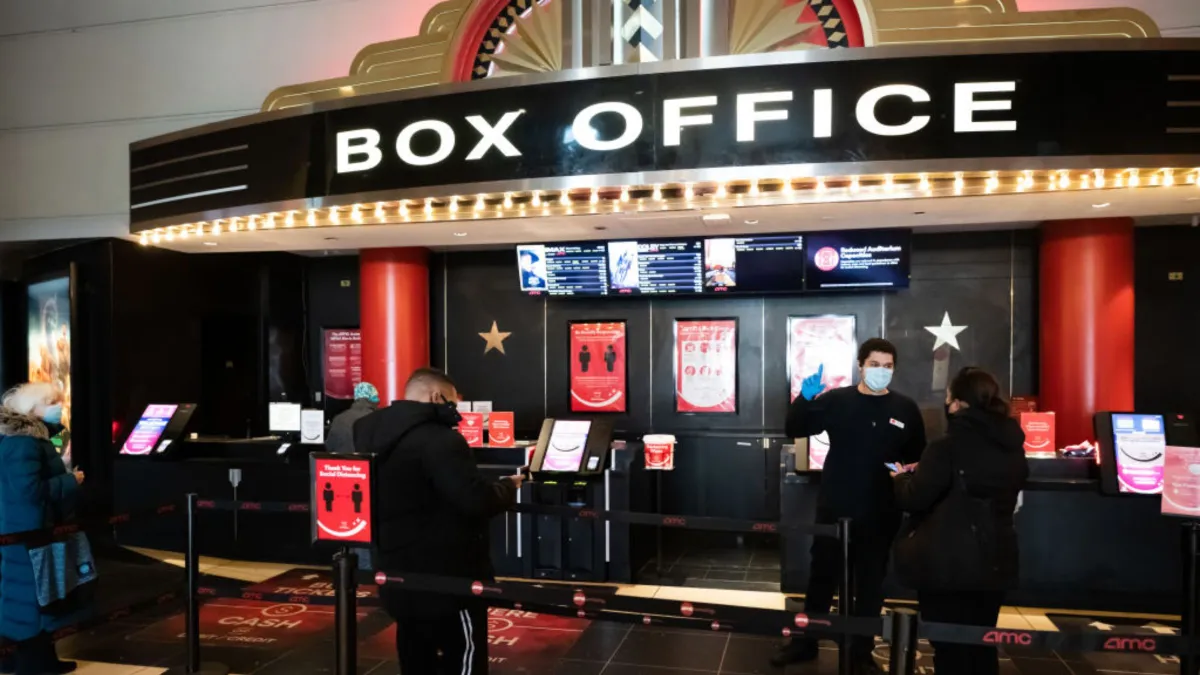
We are in an age where studios are counting on misjudged remakes to pull in the big bucks. Unfortunately, most of them are totally unnecessary or totally banal, failing to live up to the source material or the previous film that came before it.
With Dredd 3D, we finally have a film that deserves a remake or a reimagining as the first attempt to bring the character to the screen was so mind pulverisingly awful.
Dredd 3D is a remake, regardless of the quality, that has earned its existence because the character has not been given the justice that the fans deserve. For fans of the Judge Dredd comics, Dredd 3D might be 90 minutes of really solid entertainment that is an accurate representation of how this character should be played. For me though, it was an ugly, clunkingly written and showily directed film that does not have one original idea in its head.
We’re launched into a dilapidated future world, in an area stretching from Boston to Washington DC called Mega City One. Inhabited by 800 million people, the city is a vast metropolis wherein the criminal underworld runs rampant throughout and the only people serving the law abiding public are the Street Judges. The Street Judges are a method of law enforcement by which the Judges act as judge, jury and more often than not, executioner. The most notorious of these is Judge Dredd (Karl Urban), a law enforcer unwavering in his dedication to serving his bosses and in any decision to protect his society.
His latest obstacle is clearing the streets of the drug called Slo-Mo, which makes the brain feel like time is passing at 1% of its normal speed. The drug industry is headed by a violent ex-prostitute turned baron named Ma-Ma (Lena Headey), who runs her operation from the top of a 200 floor Mega Block called Peach Trees. Initially sent there to investigate a triple homicide, Dredd and his new trainee Anderson (Olivia Thirlby) soon discover that this is the source of Slo-Mo and seek to hunt down the leader.
On the good front, the performances aren’t that bad. Given the fact that Urban’s face is covered for the entire movie, he still provides decent work. That being said, it is a decent performance of a character who is essentially quite dull. Urban does his best with it though, occasionally trying to inject some humour into the performance despite the fact that he is fighting against a tidal wave of really gloomy seriousness which does bring out the character as a downer.
Lena Headey is given somewhat of a tougher job, snaggle toothed and facially scarred (VILLAIN ALERT!) she also does her best with a character that is underwritten and totally unoriginal. In Game of Thrones, her Cersei Lannister is a character that isn’t so black and white and her villainy could so often be accounted for simply protecting her interests and her family. There is none of that here, everything is clean cut and there is no grey area for the character. She is just stark raving bonkers from the outset.

Then there is Olivia Thirlby, who is given the most rounded character of the leads and actually does a pretty good job with it. Her character is allowed the most (if minimal) amount of depth with the possibility of an interesting backstory which could be developed in future movies. Her character is what the society has taken to calling a mutant, she is genetically defected in their eyes but has the gift of reading people’s minds, which only comes in handy as she and Dredd try to make their way up to Ma-Ma.
The real problem though is that the film doesn’t give these talented actors strong enough material to support them. Dredd 3D is unfortunate in that it has a plot that is strikingly similar to The Raid: Redemption and it pales in comparison to Gareth Edwards’ superior martial arts thriller.
It isn’t Dredd‘s fault that they happen to be released within months of each other, but The Raid: Redemption was so extraordinary in its construction of action that the similarity leads to unfortunate comparison by which Dredd 3D comes out looking thoroughly unremarkable.
Unfortunately, the unoriginality of the film doesn’t stop there. The act of homage in movies has been around for a very long time but usually, a film still has its own vision. Here, there is no uniting vision, every visual trope has been taken straight out of other films and it feels a lot like a patchwork.
We have visuals ripped straight from the vast cityscape of Blade Runner, the wizardry of The Matrix and the intolerable slow motion of Watchmen, among others. Cinematographer Anthony Dod Mantle isn’t allowed to use any of his inventive camera work which he brought to the films of Danny Boyle or Lars von Trier. Instead, he is harboured with murky 3D which turns an already visually dark film into an almost unwatchable melange of murky, muddy brown.
Beyond the deeply unoriginal nature of it all, which makes the film a disappointment, there is the fact that at heart, we have a film that is politically problematic. The comics reportedly comment on the very fascist current coursing through the veins of the Judge Dredd character and world, but in this adaptation, writer Alex Garland and director Pete Travis have failed to deliver any kind of opinion on that.
The idea of Judges enacting their own sense of justice (in incredibly sadistic ways) is something we are supposed to revel in here and that is something which causes profound unease. There are many scenes of Dredd enjoying the acts of violence he perpetrates, in particular is a scene of him smiling as he blows up a bunch of criminals, many plummeting to a very grisly end over the side of one of the building’s many floors.
It is a moment where the audience are meant to be smiling along with Dredd, we are to delight in the fact (very much in the same way of something like Dirty Harry) that the law is placed in the hands of one individual and that he’s enacting his own form of justice, which is a fascistic ideology.
The reason this becomes a problem is due to the fact that there is no backstory and no fuller exploration of the world or the justice system for the critique of society to really come to the fore. Outside of an opening 2 minute monologue, Garland offers up nothing in the way of any set up for the non-fans to truly understand the world of Mega City One.

The decision here is to plunge us right in the heart of the action. And it some cases, that would be fine. For a simple, B-movie action adventure that has no pretension above its station, that could fly. But because Dredd (at least in the comics) has an element of social satire running through it, the lack of a backstory or any kind of world building becomes a problem as the glorified action begins to play out.
Judge Dredd himself is a character who has in the past been a narrative villain as well as a hero. It’s not like Garland is below satire either, the same with Pete Travis in fact, both have done politically relevant genre work before collaborating here which means either one of two things: there has been a lot of stuff left on the editing room floor or they don’t really care about all that.
One could level the same accusation at Sin City, which is the biggest influence over Dredd 3D being so stunningly gory. There is a difference though, at least in Robert Rodriguez’s film we are never inclined towards siding with the characters.
In fact, Rodriguez and Frank Miller cleverly alienate us from all of the characters. The enjoyment is in watching the violence but from the very start we know that every character in the film is someone whose moral compass has severely slipped but also offers those who “do good” a chance at redemption, of seeing the error of their ways.
There is none of that depth here and it is a shame because there is a rather fascinating social satire to be made with the mateial. Dredd 3D is a film which needs to be longer, which needed to take its time in its first act to establish its characters and its world in order to make clear why the events on screen happen, instead of rushing head on towards the head crunching violence.
I have no problem with violence in movies, in fact I rather enjoy the visceral thrill of it, but when there is no meat to chew on or anything to think about it can suddenly become very irresponsible. There is occasion where the violence of Dredd 3D is impressively sick (I have never seen such a lingering sight of a man’s head being blown to pieces with a machine gun), but there’s nothing more for it to offer than that, and it makes you feel guilty for enjoying it.
Dredd 3D is ultimately not the disaster that the Sylvester Stallone vehicle was, but it does have its fair share of problems, some of which are more egregious. There’s nothing quite as bad as Rob Schneider as the comedy sidekick or the endless shouting of “LAAAWWW,” but in updating the character for a modern audience the filmmakers have got nothing particularly new to say.
Dredd 3D does make a couple of hours drift by, but ultimately it is nothing earth shattering. It is an ugly looking, unsatisfying and politically dubious piece of work.










Published: Sep 9, 2012 12:41 pm